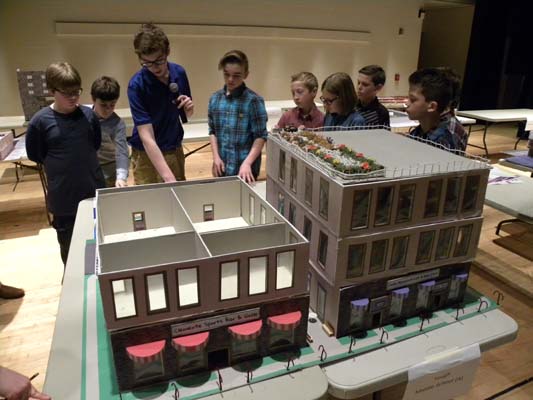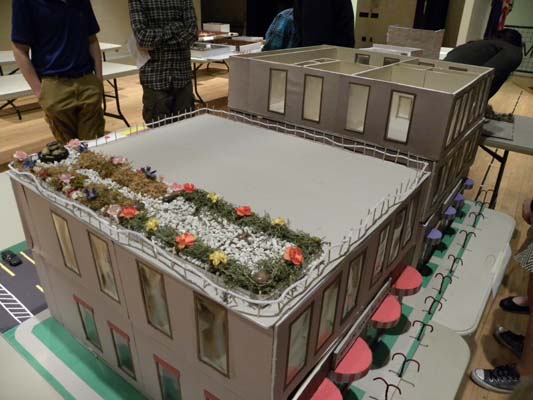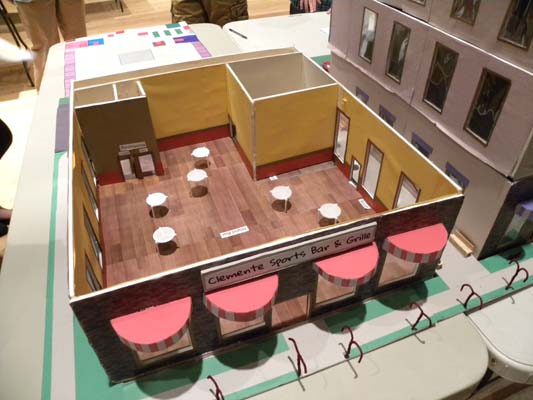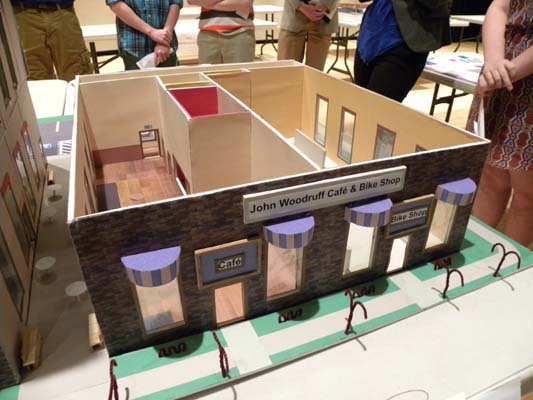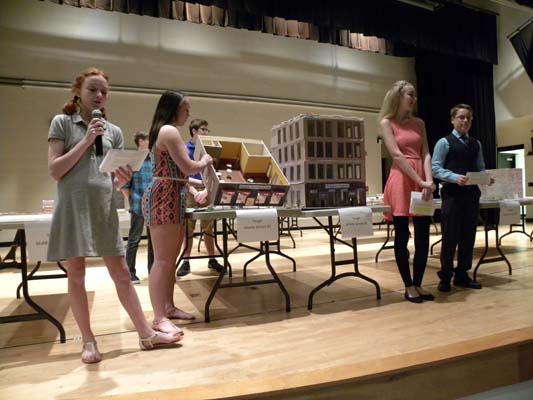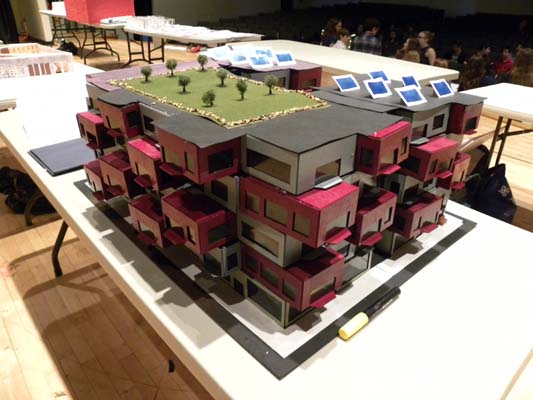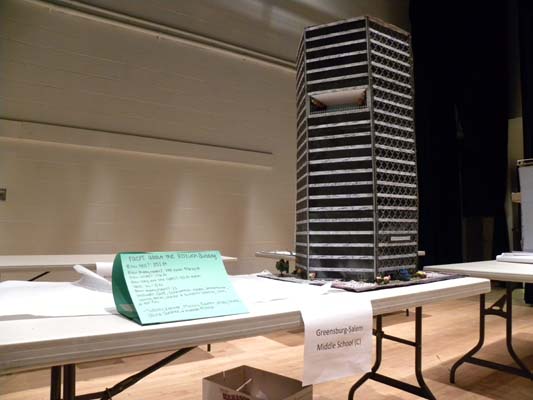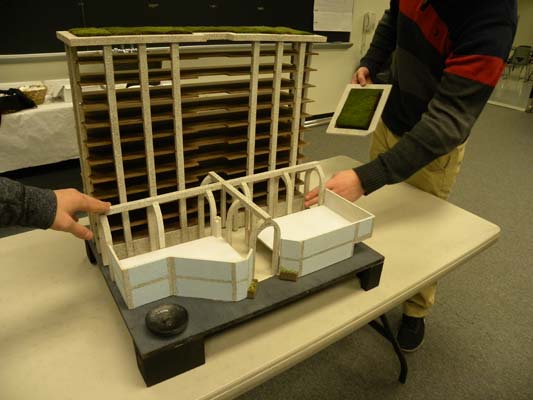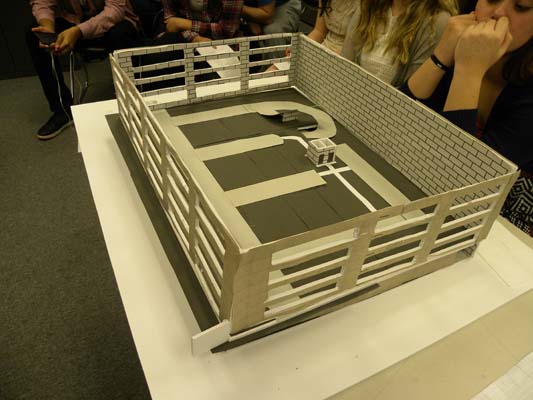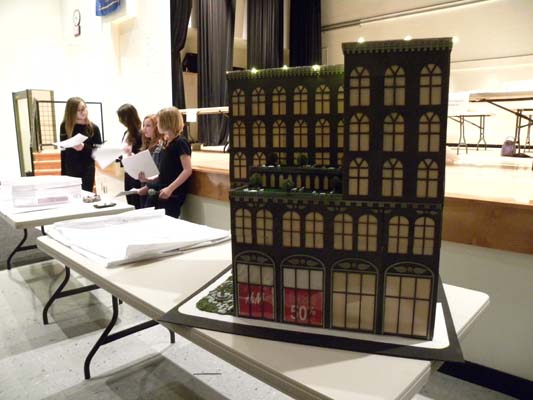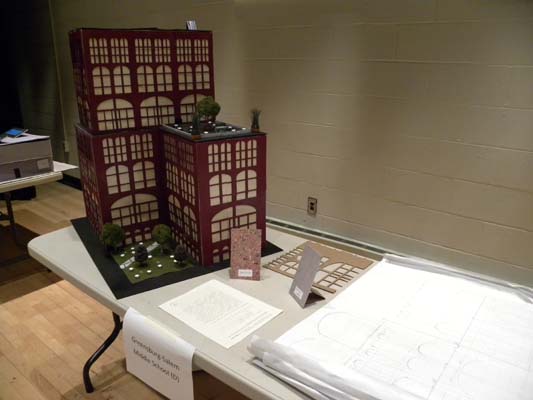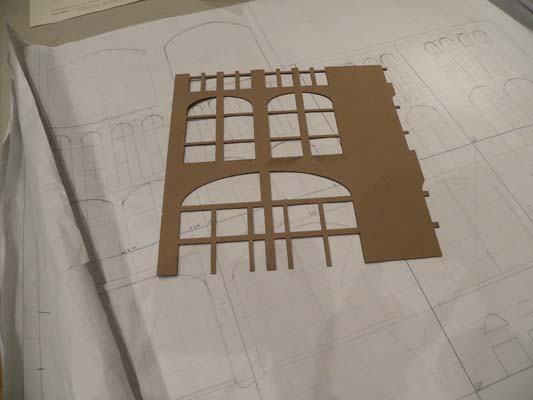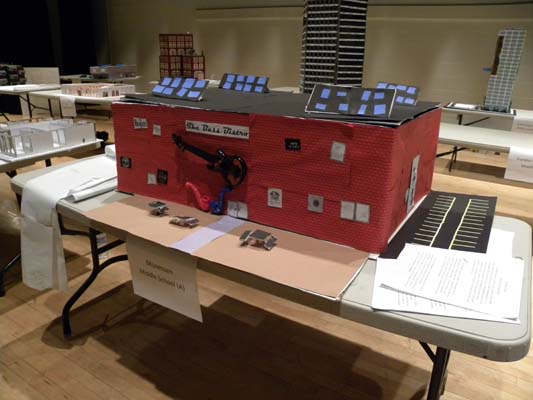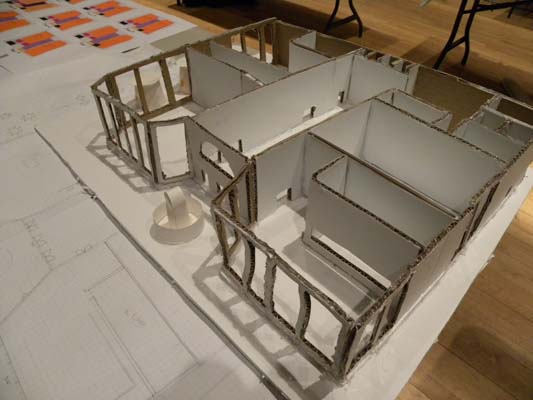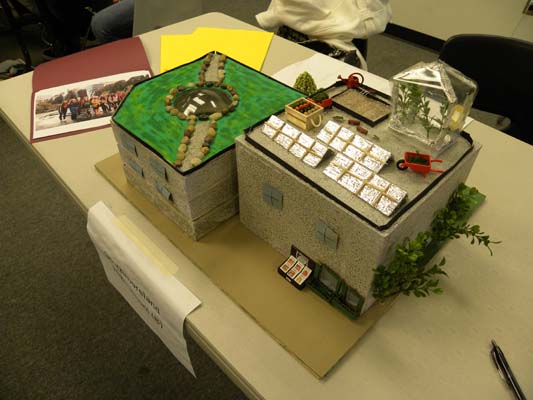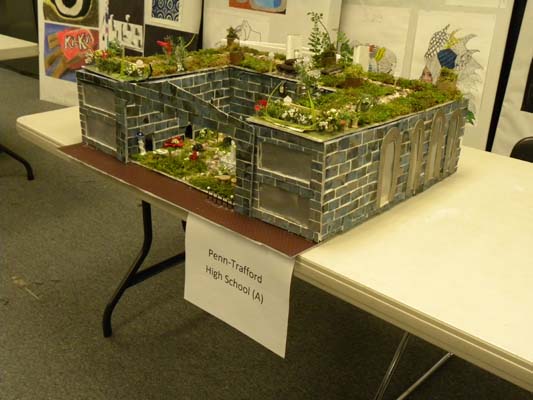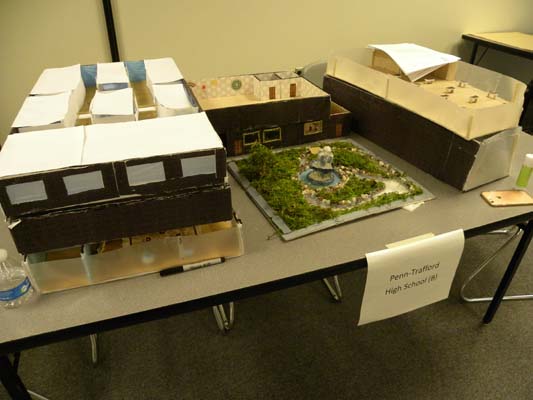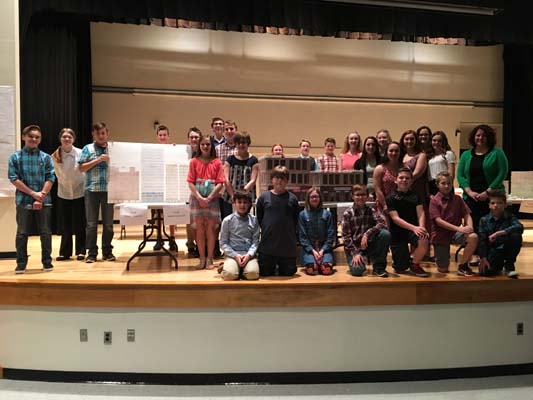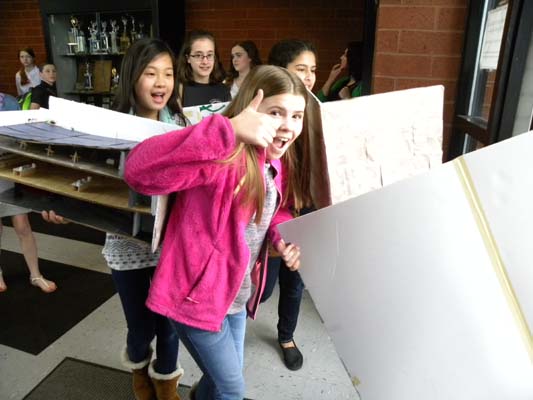
Students Propose Solutions for Vacant Grant Street Lot
Westmoreland County Students Propose Solutions for Grant Street Lot that Chicago Company Hopes to Repurpose
The following story is by Ilana Kisilinsky, who is majoring in Media Studies at Yeshiva University in NYC and is spending the summer as a volunteer intern with PHLF.
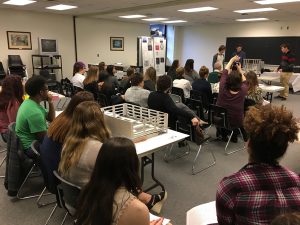 The Pittsburgh Post-Gazette reported on June 6, 2017, that the Chicago-based company, InterPark Holdings, is looking for a developing partner to revitalize and repurpose a prime Grant Street lot that has been used for years as a surface parking lot. By coincidence, just three months before, on March 30 and 31, more than 120 students from Westmoreland County Schools had presented their ideas for that very Grant Street lot, in response to PHLF’s 21st Annual Architecture Design Challenge.
The Pittsburgh Post-Gazette reported on June 6, 2017, that the Chicago-based company, InterPark Holdings, is looking for a developing partner to revitalize and repurpose a prime Grant Street lot that has been used for years as a surface parking lot. By coincidence, just three months before, on March 30 and 31, more than 120 students from Westmoreland County Schools had presented their ideas for that very Grant Street lot, in response to PHLF’s 21st Annual Architecture Design Challenge.
The developers will be inspired to know that middle school and high school teams from Westmoreland County envisioned many innovative and creative uses for the site. “I think the most valuable thing [I learned] is how important it is to make cities cohesive,” said one of the participating high school students. InterPark Holdings is working hard to develop the site so it does become an integral part of downtown and fits within its prestigious neighborhood. “All development options will be considered for the site, including residential, office, hotel and retail,” according to the article.
In its annual design challenges, PHLF asks middle school and high school students to think outside the box. From October 2016 through March 31, 2017, more than 120 students from nine schools in Westmoreland County were divided into 28 teams (22 middle school and 6 high school). They were tasked with creating a master plan for the Grant Street parking lot and building a model showing an architectural element that was integral to the design concept. Inspirational words from David Lewis, Pittsburgh’s distinguished urban designer, were included in the orientation packet that was given to the students when they toured the Grant Street site and area on October 14, 2016. Mr. Lewis’ words reminded the students that architects hover between the future, with the buildings they are creating, and the past, by being inspired by the great works that came before them. Buildings tell stories, not just for us, but for generations. With this in mind, Nicole Kubas of Urban Design Associates emphasized to the students that their designs must be contextual and contribute coherence and beauty to Grant Street.
The students prepared for several months, putting time and energy into designing and constructing something amazing. They met with their teams, deliberated, and worked together to create a plan that would add to the city of Pittsburgh. During final presentations at Monessen High School on March 30 and 31, the students explained their models and drawings to a jury of architects. Their written reports were bound in a booklet and are archived at PHLF.
The student projects were filled with wonderful and unique ideas including: the “Clemente Sports Bar and Grille” and “The Frick Multi-Purpose Building, to give handicapped people a living space and to supply food.” Magnet schools were also suggested, such as the “George Shiras High School for Criminal Justice and Law,” appropriately located across the street from the City-County Building and the Courthouse, as well as an art school where “kids and adults can both make great experiences in Pittsburgh. … Students who enroll, for free, can practice and/or create whatever art they major in.”
“We are always inspired by the concepts that the students propose and are amazed by their presentations and model-making abilities,” said Executive Director Louise Sturgess. “After touring the area and spending so many months working through the Design Challenge, the students become absorbed in their work and committed to their ideas. During the design-challenge process, they strengthen their skills in math, art, science, language arts, and social studies and improve teamwork and problem-solving skills.”
The student’s presentations and remarkable ideas clearly showed the effort they put into this project and the passion they felt for it. “The students loved this project,” said one of the teachers involved. “They did everything on their own, so this was a great learning experience for them. Not only did they learn how to build their projects, they learned necessary and valuable social skills as well. ‘They were so proud that they did it all on their own!’”
The students now have a better understanding of the work that InterPark Holdings has ahead of them, and wish the developers the best of luck.

